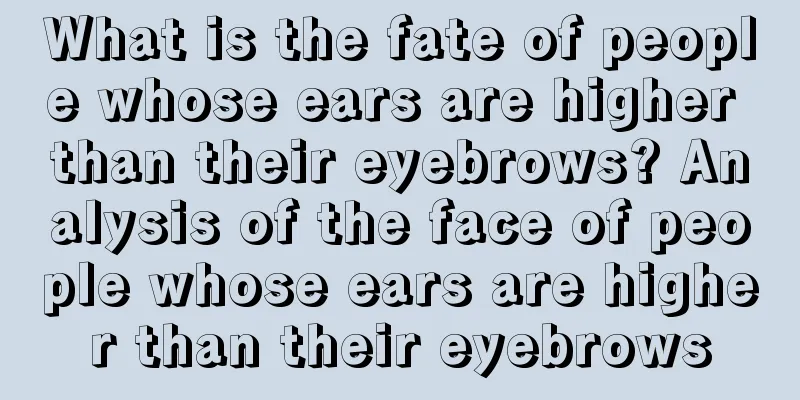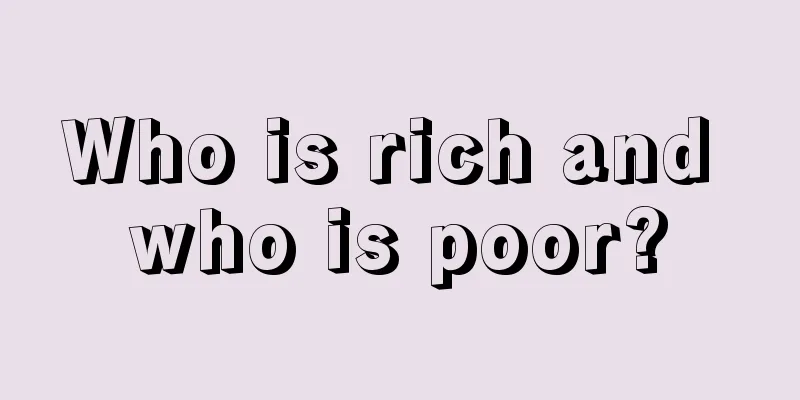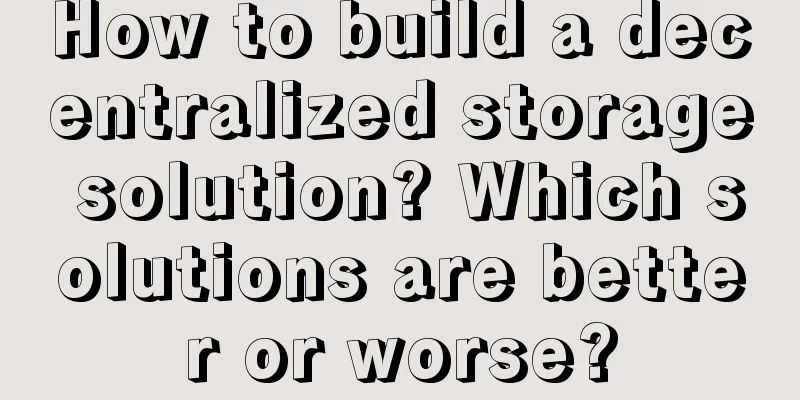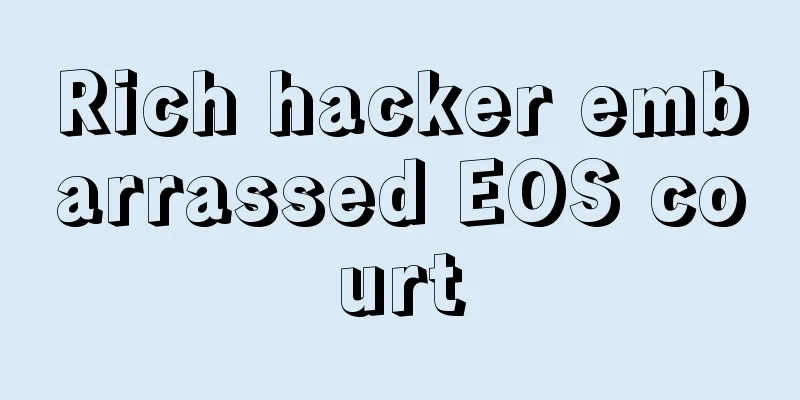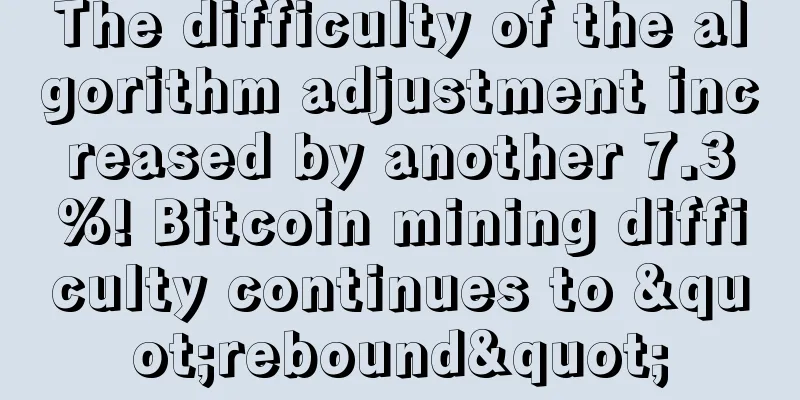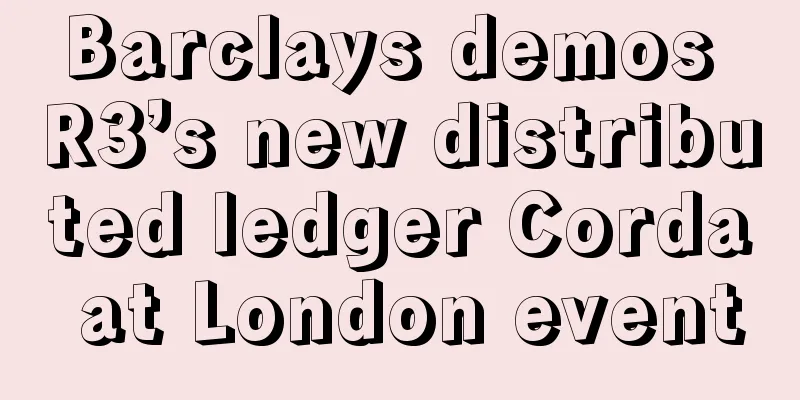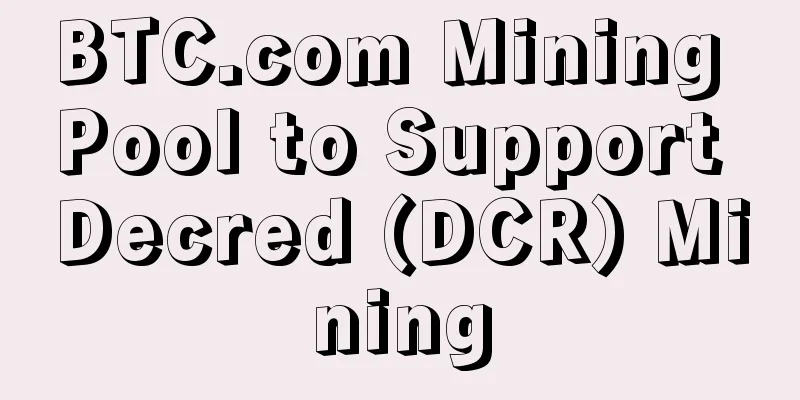How will blockchain play a role in the big world of IoT?
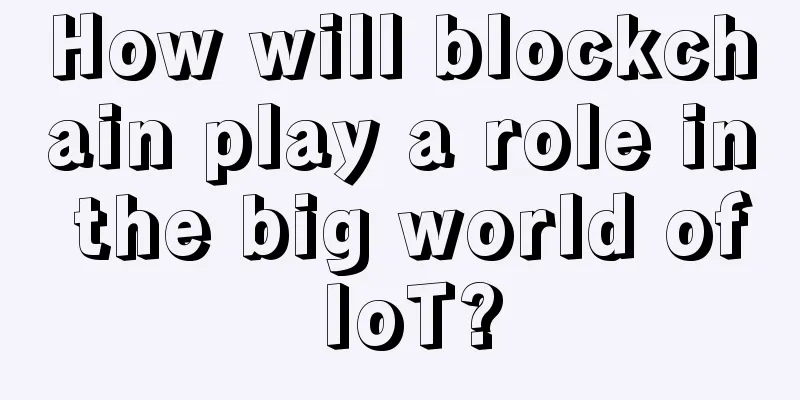
|
The Internet of Things (IoT) is a rapidly growing industry that is destined to change homes, cities, farms, factories and almost all other objects, making them smarter and more efficient. According to Gartner, by 2020, there will be more than 20 billion connected devices worldwide, stimulating a market worth $3 trillion. However, the chaotic development of the Internet of Things will also face many challenges, because so many devices need to be identified, connected, protected and managed. The current Internet underlying infrastructure and architecture, as well as online services, will also face arduous challenges in supporting the huge ecosystem of the Internet of Things in the future. Blockchain, the distributed ledger technology behind cryptocurrencies such as Bitcoin and Ethereum, may be able to solve these problems. Blockchain is already proving useful in many other areas, including the Internet of Things. Blockchain can enable the IoT ecosystem to break away from the traditional broker-based network working model, that is, devices no longer rely on central cloud servers to identify and authenticate individual devices. Blockchain security modelThe centralized model worked well for decades, but as the number of network nodes grows to millions and the number of transactions reaches billions, problems arise, because this will increase computational requirements exponentially, which in turn increases costs. Servers will also become a bottleneck, as problems at a single point will make the IoT extremely vulnerable to denial of service attacks (DoS/DDoS) that specifically target servers and drown them in traffic from pirated devices. This will periodically impact the IoT ecosystem, especially when running more sensitive tasks. Moreover, in many industrial scenarios such as large farms, centralized networks are very difficult to establish because IoT nodes need to be spread across a wide area where there is a lack of connected devices. Blockchain technology can enable the establishment of secure mesh networks in which IoT devices will be connected to each other in a reliable manner, thus avoiding the threat of device spoofing and counterfeiting. With every legitimate node registered in the blockchain, devices will be able to easily identify and authenticate other devices without the need for intermediaries or certification authorities, and the network will be scalable to support billions of devices without the need for additional resources. Many companies are already using blockchain to build powerful IoT networks. For example, Filament is a startup that provides IoT hardware and software for applications in agriculture, manufacturing, oil and gas, and other industries. Filament’s wireless sensors, Taps, create low-power automated mesh networks that will enable companies to manage physical mining operations or water flows in agricultural fields without relying on centralized cloud alternatives. Device identification and internal communications will be secured by a Bitcoin blockchain, which holds a unique identifier for each participating network node. Another company application case is Australian communications giant Telstra, which uses blockchain technology to provide security for the smart home IoT ecosystem. The encrypted hash of the device firmware is stored in a private blockchain to minimize verification time and prevent and detect tampering in real time. Because most smart home devices are controlled by mobile applications, Telstra further extends the model by adding user biometric information to the blockchain hash, which is closely linked to the user's identity and prevents mobile devices from being stolen on the network. In this way, the blockchain will be able to verify the identity of the IoT device and the identity of the user interacting with it. Looking into the future of IoTHowever, the Internet of Things is still in its early stages of development. It mainly consists of technologies for data connectivity, remote monitoring and device control. Going further, the Internet of Things will evolve into a network of automated devices that can interact with other devices and their environment without human intervention and make intelligent decisions. The shining point of blockchain is that it can provide basic support for the sharing economy based on machine-to-machine (M2M) communication. We’re already seeing early initiatives in this space, such as ADEPT (Automated Decentralized P2P Telemetry), a decentralized IoT system created by IBM and Samsung that enables billions of devices to broadcast transactions and perform self-maintenance in nodes. The platform has been tested in multiple scenarios, such as a smart cleaning machine that can automatically place orders and pay for washing with Bitcoin or Ethereum, and when it is used up, it can negotiate the best price based on the owner's preferences through smart contracts. As the backbone of all these interactions, blockchain creates a secure and democratic platform, remains independent, makes all participants equal, ensures fairness to everyone and is not controlled by any one entity. Blockchain will also enable data monetization, that is, owners of IoT devices and sensors can share the IoT data generated on trading platforms and make real-time micropayments. For example, Tilepay provides a secure, decentralized online market place where users can register their devices on the blockchain and sell data in real time on digital currency trading platforms. Blockchain and IoT also have very interesting use cases. They will help make renewable energy mainstream, with energy concentrated by IoT solar panels generating value in a cryptocurrency registered in the blockchain. Anyone who joins the network can invest in renewable energy technologies. Institutions such as Nasdaq and Chain of Things, a think tank that performs research on alternative applications of blockchain and IoT, are pioneering in this area. Blockchain presents many prospects for the future of the Internet of Things, but challenges still exist. For example, consensus models and the computational cost of verifying transactions. However, blockchain is still in its early stages of development, and these obstacles will eventually be overcome, and the road to the future will open up, bringing us more exciting possibilities for development. For more information, please see the special topic "Blockchain and Internet of Things" |
>>: Blockchain can be applied to new energy trading models
Recommend
Do people with bloodshot eyes like to get angry?
In life, we often meet people whose tempers are a...
What does a mole on a woman's palm mean?
Each of us has a different number of moles on our...
"Everything a miner wants to know about electricity" | Wu Says No Crypto Dialogue Episode 1 with Yang Maohua
Wu said author | Colin Wu Editor of this issue | ...
When will you get rich? Look at your face and palm
When will you get rich? Look at your face and pal...
Is it good for a woman to have a mole on the right eyebrow? What does a mole on the right eyebrow mean?
Moles in each position will have an impact on peo...
Physiognomy tells whether your future will be prosperous or miserable
Physiognomy tells whether your future will be pro...
The Ten-Year Journey of Spot Bitcoin ETF Application
In the coming days, the SEC may finally approve a...
What does a man with a low nose bridge mean?
Men with low nose bridges are prone to low self-e...
Dubai pilots blockchain rewards platform
Loyyal, a New York-based blockchain-based loyalty...
The fake good guy hiding beside you
The fake good guy hiding beside you A little shar...
Are people with four white eyes considered ungrateful? Analysis of people with four white eyes
No matter when, ungrateful people are always desp...
The fate of people with big teeth can be seen through their teeth
Everyone wants to have white teeth, so that they ...
Analysis of the four facial features of jealous women
As one of the traditional physiognomy techniques, ...
Japan will regulate Bitcoin. Huobi.com recommends regulators to observe
Recently, the Japanese government will impose leg...
Bitcoin mining accident appears on CCTV news
December 5 CCTV2 Economic Information Network rep...



